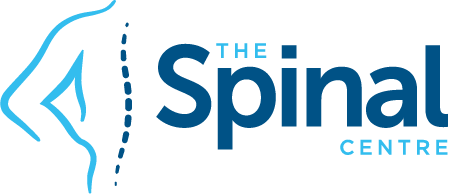
Stress Busting Tips
There are strategies you can employ that will help avoid or alleviate the severity of headaches that you might suffer from.
1. Remember to breathe properly.
Just because you are breathing, doesn’t mean you are doing it well. Deep breathing allows for the vital exchange of gases like oxygen, as well as relaxation of muscles.
2. Watch your posture.
Someone that is stressed or depressed will almost always have poor posture. Simply by changing your posture can change the levels of your stress. Whether sitting, standing or lying, imagine your spine is being gently stretched and lengthened.
3. Regular exercise.
There is plenty of research now that shows people who exercise regularly experience less stress – try to take a 30 minute walk daily.
4. Have a purpose for your life.
Too often we get caught up in the “stuff” of day-to¬ day living, instead of focusing positively on what is really important.
5. Nurture your physical being.
Eat wholesome foods, get plenty of rest and keep your body balanced with regular chiropractic adjustments.
Adopt the “NAWTEE” Principles
To achieve and maintain optimal spinal health and effective functioning of the nervous system, resulting in optimal whole body health, chiropractors recommend adopting the “NAWTEE” principles.
The “NAWTEE” principles outline the prerequisites for optimal spinal health which are:
- Nutrition: eat a wide variety of natural foods and avoid too much caffeine, sugar, processed foods and animal fats
- Adjustments: see your chiropractor regularly
- Water: drink at least eight glasses per day
- Take time out to rest: eight hours sleep a night properly supported on a good mattress and pillow
- Ergonomics: practice good ergonomic techniques (good posture, proper pillow support, Iow stress lifting techniques and correct work station principles)
- Exercise: take regular exercise (40 minutes walking three to four times a week and daily stretching exercises)
References
1. Tuchin p, DC et al. A randomised controlled trial of chiropractic spinal manipulative therapy for migraine. JMPT 2000; 23(2): 91-95
2. Sjaastad, MD, PhD et al (On behalf of The Cervicogenic Headache International Study Group). Cervicogenic headache: Diagnostic criteria. Headache 1998; 38:442-445.
3. Dabbs V, DC and Lauretti Wj, Dc. A Risk Assessment of Cervical Manipulation vs NSAIDs for the Treatment of Neck Pain. JMPT 1995; 18(8):530-6
4. R. Colas, MD, et al: Chronic daily headache with analgesic overuse; Epidemiology and impact on quality of life. Neurology April, 2004;62:1338-1342





